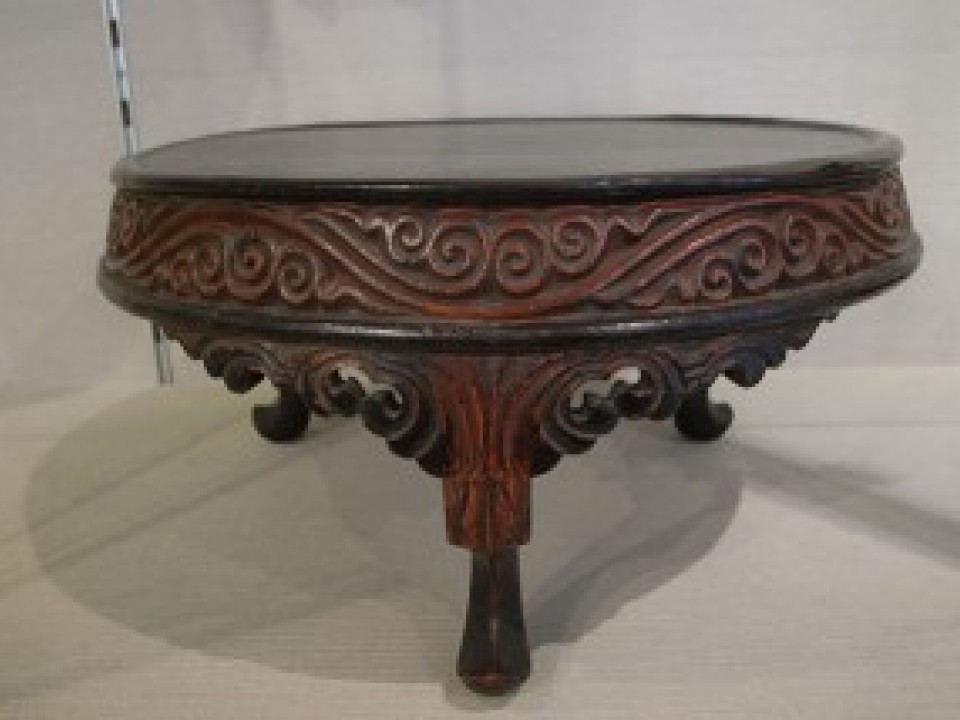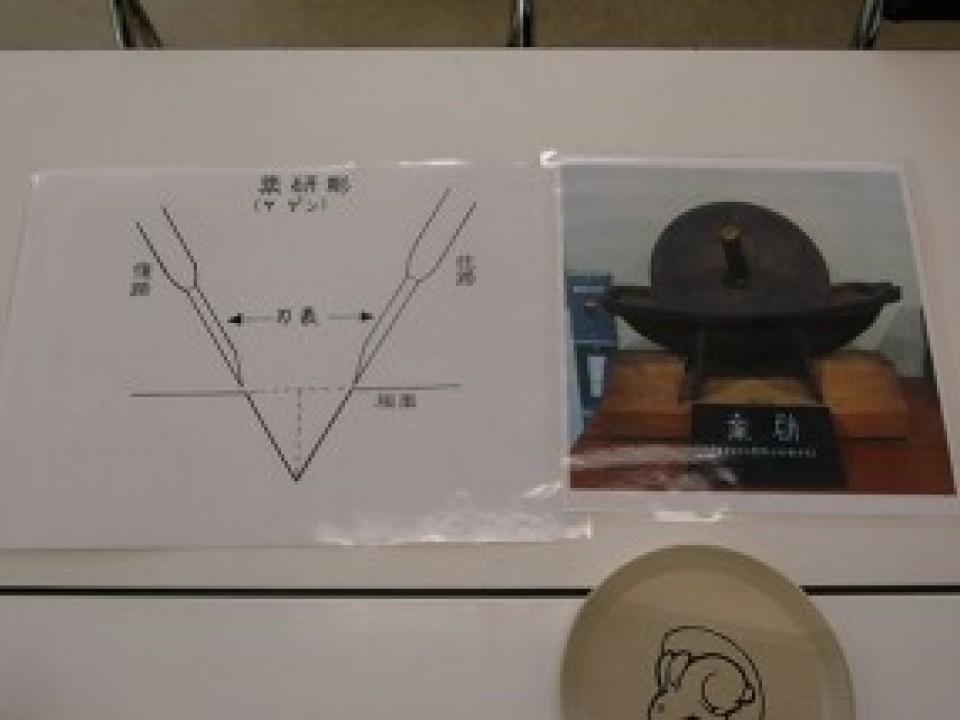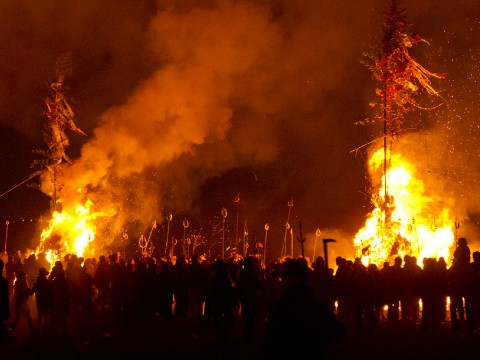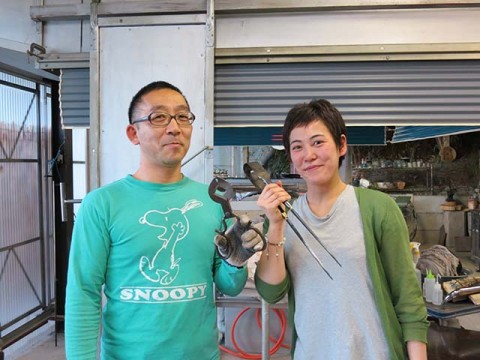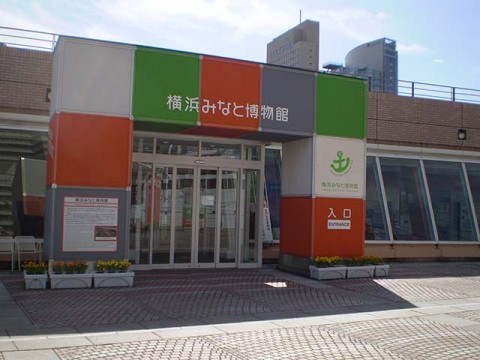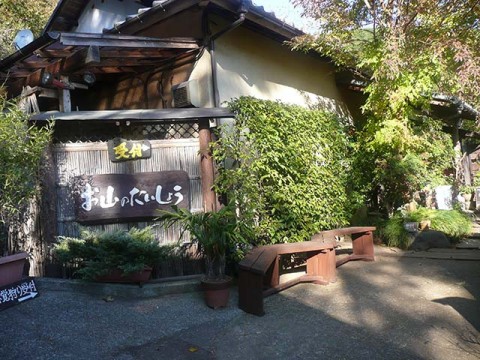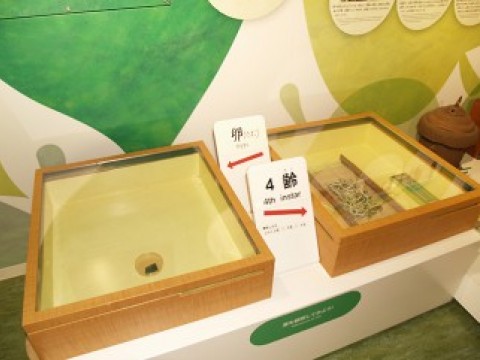Kamakurabori Museum Encounter the world of Kamakurabori carving, a traditional handcraft
Do you know Kamakurabori?
Even if you have never heard the name “Kamakurabori”, I am sure that many people would say “oh, I have seen this before!” when they see the real thing. Some might incorporate Kamakurabori carvings in their daily lives, whether in a tray, incense container or tea canister. It is a traditional handcraft of Kamakura City, with the distinctive features of bold carving and knife cuts, and a subdued lacquer color tone.
In the Kamakura period, sculptors of Buddhist statues were influenced by the fine arts that were introduced from Song Dynasty China along with Zen Buddhism, which included lacquer carving (“cho-shitsu”). The origin of Kamakurabori was said to be when these sculptors began to make Buddhist altar equipment out of wood carvings with lacquer coating.
In the Edo period, Kamakurabori was incorporated in tea utensils as the art of tea ceremony became widespread. By the Meiji period, sculptors of Buddhist statues lost their jobs due to the anti-Buddhist movement, but this became an opportunity for many to use Kamakurabori as a means of survival, utilizing it in everyday handcrafted objects. The sculptors began to make souvenirs and daily goods for people who visited Kamakura, and in this way it developed into the present Kamakurabori.
Learn about Kamakurabori in detail
Hearing that there is a 2-hour course to experience the carving process of this historical art, Kamakurabori, I headed for the Kamakurabori Assembly Hall, next to the “Ni no Torii” shrine gateway on Wakamiya Ouji street, five minutes’ walk from Kamakura Station. On the first floor of this building is the Kamakurabori Museum. Before my carving lesson, I was taught various things about Kamakurabori at the Museum.
First of all, I learned about Kamakurabori from a video that summarizes its history and manufacturing technique. Kamakurabori is created by assembling the artisan’s respective handwork skills: “making the plain wood base”, “the carving process” and “the lacquering process”. Each process is fascinating, but I made sure to watch the carving technique particularly carefully, because my own attempt at carving would be next.
After this, I looked at various masterpieces from the Muromachi period to the present day that were on exhibition in the museum. These pieces are really worth seeing, I think. It’s a shame that copyright prevents me from showing you photographs of them here. I was permitted to take a picture of only one article, this “Guri-mon Three-legged Table”, from the Muromachi period (photo 1). It has a bold swirling pattern called “guri-mon”, and a deep color tone in the lacquer. I feel deeply thankful that something more than 500 years old has survived in this way. It clearly was used with great care over the years.
Aim to be a master craftsman of Kamakurabori!
So, after having viewed several masterpieces and cultivated my appreciation of Kamakurabori, it was time to show off my own skills. This is the start of the “Kamakurabori 2-hour Hands-on Carving Class” on the fourth floor classroom of the Kamakurabori Assembly Hall. First of all, a greeting from the instructor. The instructors are members of groups affiliated with the Kamakurabori Masters Committee. Teachers with long years of experience and genuine skills give thorough and gentle guidance to the class participants.
Well, what am I going to carve? Curved trays, with a diameter of 18cm, have been prepared with printed designs - a bird, a rabbit, cherry blossoms, autumn leaves, chrysanthemums, a Chinese bellflower, and a hydrangea – and we can choose our favorite (photo 2). Usually, participants request their preferred design when making a reservation. We carve away at the black sections, so designs with a greater proportion of black will take longer to complete. Taking my schedule into consideration, I chose a simple-looking rabbit design.
Using a method called yagen-bori, I carve away the black portion. “Yagen” means a chemist’s mortar; maybe you have seen one in a historical drama or film? It’s the tool that physicians used to grind medicine. This technique carves the wood base away in a V-shape like the bottom section of a yagen, giving it this name (photo 3). This is the fundamental basis of the Kamakurabori carving method. From here, my path to becoming a Kamakurabori master craftsman begins.
The lesson starts with learning how to hold the knife. It is different to holding a pencil - the knife must be securely fixed in the flesh between thumb and forefinger (photo 4). I was told that without doing this, you cannot carve forcefully. If you look at the knifepoint, it is curved; the points of the cutters we used in craftwork at elementary school were straight. Yes, this “naginata” (Japanese halberd) style knifepoint is unique to Kamakurabori. By the way, although the photo is of a right-handed knife, there are left-handed knives provided too. So, left-handed people can participate without any worries.
Now, I start carving outwards. I proceed to carve by putting the knifepoint into the wood with my right hand, and pushing with my left thumb (photo 5). Then I rotate the tray around to carve back inwards. Both inward and outward carving is done in a V-shape (photo 6). The shavings produced by carving are triangular in shape.
Look at my finished creation!
The instructor advised me that “it’s better to carve more boldly and roughly”, but I couldn’t manage to get a sense of how deep the knife was inserted and so could only carve in little strokes, which just wasted time. However, I continued to carve with intense concentration, and finally, after a long while, I was finished. What do you think of my workmanship!? (photo 7). Aren’t you especially charmed by the delicate, sharp carving style around the front paw and back paw?
To make an honest confession: yes, the instructor helped me quite a lot, because I ran out of time. Sorry. The part around the left ear, where it is not carved very well, is the trace of my carving work.
My carving experience ends here. For those who feel that “now I’ve gone to the trouble of carving, I want to apply lacquer to make a complete Kamakurabori”, a lacquer treatment can be purchased for a separate fee (photo 8). However, because the lacquering technique of Kamakurabori requires repeating the process of applying lacquer then drying it several times, this will take a few months. To put it another way, this means the chance to have such a time-consuming special finish applied to your carving. You would really look forward to seeing the completed piece, right?
This time I was only able to approach the mere threshold of this traditional handcraft, but it was a great experience. I’m sure that participating with friends or as a family would be even more fun than doing so alone. I would like to try one more time, too. Next time, I’ll carve it all with my own efforts, without clinging to the instructor for help!
>> Kanagawa Travel Info
http://kanagawa-travel-info.com/english/special_report/1158

Kanagawa P.G.T.D.
Japan

